Altitude Sickness – Prevent Acute Mountain Sickness – Ladakh AMS
” You are at an altitude of 3,256 meters above sea-level. If you are suffering from breathlessness, dizziness, nausea, or uneasiness please report at the Medical Aid counter immediately”.
These words or something to that effect over the public address system welcomed us when we landed at the Kushok Bakula Rimpochee Airport in Leh, Ladakh, India. The airport nestles in a valley surrounded by high mountains.
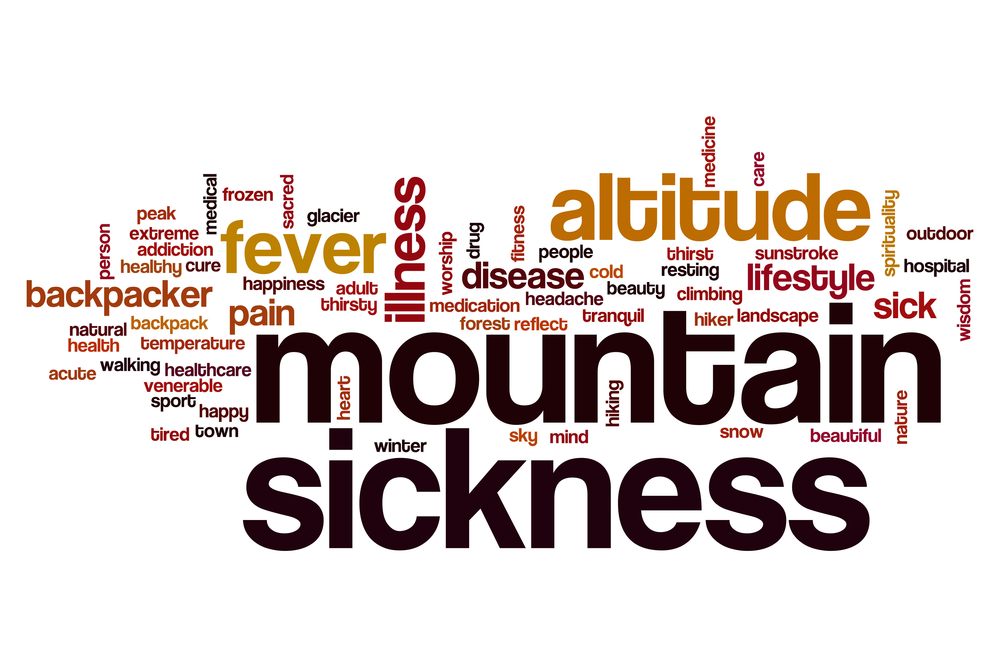
We had flown into Leh from the plains of Delhi, ascending a height of about 3,040 meters in about 45 minutes flat which goes against the very grain of precautions to be taken when ascending to high altitudes. It is always recommended to gradually ascend heights that take you beyond 3,000 meters. It is said that until 3,000 meters above sea-level, most people do not have issues and it is only beyond 3,000 meters, that the paucity of oxygen starts creating issues.
We had arrived at Leh without recourse to the dose of Diamox which many people advised. We had been to Nathula Pass in Sikkim at an altitude of about 4,310 meters and had no issues and so hoped to be fine in Ladakh too.
Our Experience At The High Altitudes of Ladakh
Apart from a little bit of exhaustion while lugging our luggage to the taxi, we were none the worse as soon as we landed in Leh. The first day in Leh had been thoughtfully earmarked for acclimatization by the organizers of our trip, incidentally, we were part of the media team to cover the famous Naropa Festival, dubbed as the Kumbh Mela of the Himalayas.
An exhaustive list of do’s and don’ts advised us to be confined to our hotel rooms for at least 24 hours and not move out. It also advised us not to sleep during the day and eat light food. So we spent the day relaxing and strolling in the gardens of the hotel and plucking a few apples. But come evening we could no longer be confined to our rooms and headed out for a stroll uphill to the nearby Shanti Stupa.
We did not have much appetite which is considered normal as the body adjusted to lesser amounts of oxygen. Oxygen is required for digestion. The first night was a sleepless one and the closed environs of the hotel room meant that the oxygen was even less inside. One of us had shortness of breath, but it was nothing to be really alarmed about. A quick oxygen check at the reception of the hotel indicated that both of us had oxygen levels above 80 which we were told was fine for the first day and that it would increase the next day.
Though at Leh our bodies seemed to have got acclimatized to the conditions, the same could not be said for the Changla Pass which stands at a height of 5,360meterss or 17,585 feet. We stopped for some time at Changla Pass one of the highest motorable passes in the world, on our way to the famed Pangong Lake.
One of us had a nightmarish experience here. There was a churning in the stomach, the body felt heavy and it felt as if it was being pushed. The mind felt numb. The best option was to get back into the bus, and the symptoms eased as we descended from Changla Pass to the lesser heights of Pangong Lake at an altitude of 4,250 meters.
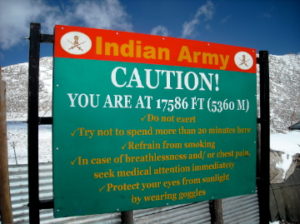
The Main Effects of High Altitude on The Body
What is the reason that the human body reacts weirdly at high altitudes? The root of the various symptoms boils down to two issues one faces at high altitudes that result in high altitude sickness.
- At high altitudes, the air pressure decreases and this means less oxygen, Oxygen is required to generate energy in the body. With less oxygen, the body needs to produce more red blood corpuscles to release more energy and this could take almost a week to stabilize.
- The lower air pressure at altitudes also means a faster rate of evaporation of water and this leads to dehydration.
Altitude Sickness and its Manifestations

So how do you know that you have been afflicted by altitude sickness? Here are some of the manifestations of altitude sickness or the effects of high altitude. Many of these are effects which one will experience during the first one or two days and is considered normal, however, if they are severe one should seek medical attention immediately.

- One does breathe faster at high altitudes, which is considered normal and the body slowly gets adjusted to it, this happens to enable the body to get more and more of the rare oxygen.
- One will see a lot more urination at high altitudes, we experienced this the first day of our stay in Leh. This is normal and a natural adjustment of the body, in fact, if this is not happening then chances are you are not taking enough water and are actually dehydrated.
- We had been advised not to sleep during the day on our first day in Ladakh, this was to ensure that we did not suffer from what is known as interrupted breathing. The different composition of oxygen and carbon dioxide send confusing signals and the body forgets to breathe when in deep sleep, which could scare you if you were to get up in the middle of deep sleep. But it is okay to take a short nap as that will also refresh you.
Who is Susceptible to Altitude Sickness
Contrary to popular belief, altitude sickness can afflict anyone and everyone. Your age, physical fitness, etc., does not matter. Of course if one already has heart or respiratory ailments then these can be compounded by high altitudes. Studies show that for some strange reason Men are more susceptible than women.
What is AMS (Acute Mountain Sickness)
The terms Altitude sickness and Acute Mountain Sickness are many times used interchangeably. AMS is said to be the mildest form of altitude sickness or the effect of high altitude on the body. The symptoms of acute mountain sickness or altitude mountain sickness could be a headache, vomiting, tiredness, sleeplessness, and giddiness, confusion, nose bleeding, and difficulty in walking.
HACE and HAPE the dangerous and sometimes fatal forms of AMS
The more serious forms of Acute Mountain Sickness are HACE – High Altitude Cerebral Edema and HAPE – High Altitude Pulmonary Edema. In HACE the brain swells and it is a serious issue and the patient may have only a few hours. The main remedy for this is to immediately evacuate to lower altitudes. The main symptoms here are failing mental function and confusion as well as inability to walk properly. Severe AMS can lead to brain damage or even death.
HAPE occurs when the lungs get filled with fluid. Symptoms include breathlessness, coughing with blood, congestion of the chest, and the extremities of the body turning blue in colour. HAPE is critical and could be fatal, the patient again needs to be evacuated to lower altitudes.
Prevention & Care When Traveling to High Altitudes
One can of course plan well in advance before embarking on a trip to higher altitudes. Here are some steps that will help you face higher altitudes.
- Being aware of what could be in the offing is the first step, so read all you can about effects of altitude sickness
- Consult a doctor and start a dose of Diamox or other medicine as advised a few days prior to your trip to a high altitude

- Ascend gradually to higher altitudes, it is advisable to travel by road with stops in between at different altitudes to give enough time to the body for acclimatization to high altitude
- If you have to travel to Ladakh by road then it is advisable to take the Srinagar-Leh highway rather than the Manali – Leh route
- If you are flying into a high altitude place like Leh take the meaning of acclimatization part seriously and rest for at the least 24 hours without unnecessary exertion, spend a couple of nights in Leh before venturing to higher altitude places in Ladakh
- Do not smoke or consume alcohol at higher altitudes during the acclimatization to altitude process and also ensure you eat light and easily digestible food
- If you are feeling uncomfortable and showing any of the symptoms of altitude sickness like nausea, headaches, vomiting, loss of appetite, fatigue, breathlessness or shortness of breath report it to the medical or any other competent authority immediately.
These precautions are sure to ensure that you enjoy the stunning landscapes of Ladakh or for that matter any other place in the world without being hampered by altitude sickness. However as each body has a different physical makeup, it is always best to consult with a doctor and take their expert advice in case of any questions about Altitude sickness.
Disclaimer: The views expressed in this post are based on the experience of the authors and in no way constitute medical advice, be sure to consult a doctor for queries on Altitude sickness.
We do hope that this post is useful to you, especially if you are planning a trip to a high altitude place shortly, you could take a cue from our acclimatization tips for Leh Ladakh trip. We hope you now know all you should know about AMS and were able to find answers to some of your questions like:
What is Acute Mountain Sickness?
What is HAPE mountain sickness?
What is acute mountain sickness and the importance of acclimatization?
What is the definition of acclimatization and what are some of the acclimatization Tips?
How to deal with AMS?
What are the symptoms of mountain sickness and the mountain sickness symptoms to watch out for?
What about acute mountain sickness treatment and how to prevent AMS?
How to deal with altitude or mountain sickness in Ladakh?
We hope these travel tips for Leh Ladakh tour will stand you in good stead when you plan to explore the land of high passes.
Have you experienced Altitude sickness? What are your time-tested hacks for dealing with altitude sickness? Do let us know your thoughts through the comments section.
Our related posts on Leh – Ladakh:
Naropa Festival Ladakh – Kumbh Mela Of Himalayas
Do You Love Traveling?
Do you want to know how to travel the world? We have put together a very useful travel resources page with best travel tips. Go check it out now.
Thanks for visiting our site Voyager – imvoyager.com and taking the time to read this post!
If you wish to collaborate/work with us then reach us at [email protected]
We’d love if you’d comment by sharing your thoughts on this post and share this post on social media and with your friends.
[shareaholic app=”share_buttons” id=”27413782″]
Follow our journey on our social media channels:
Facebook Twitter Instagram Pinterest G+ YouTube
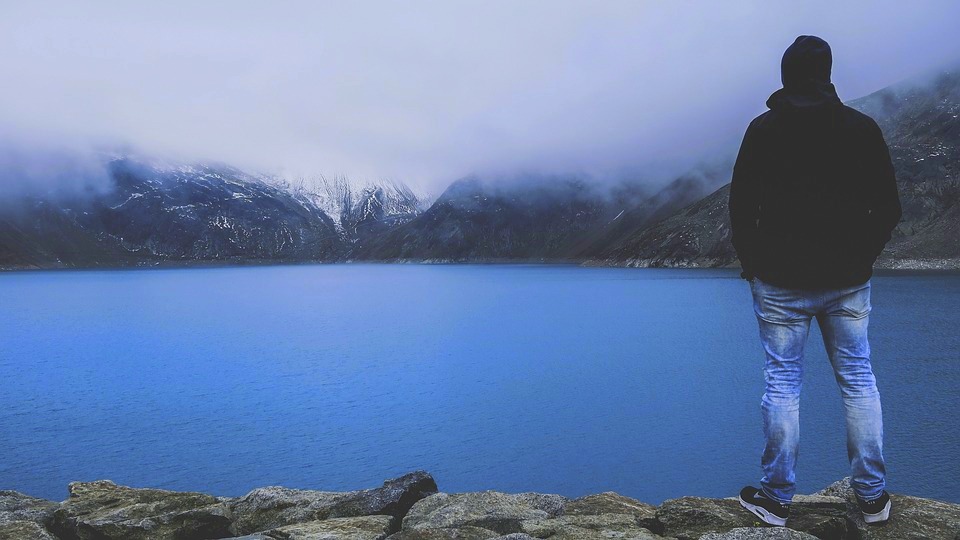
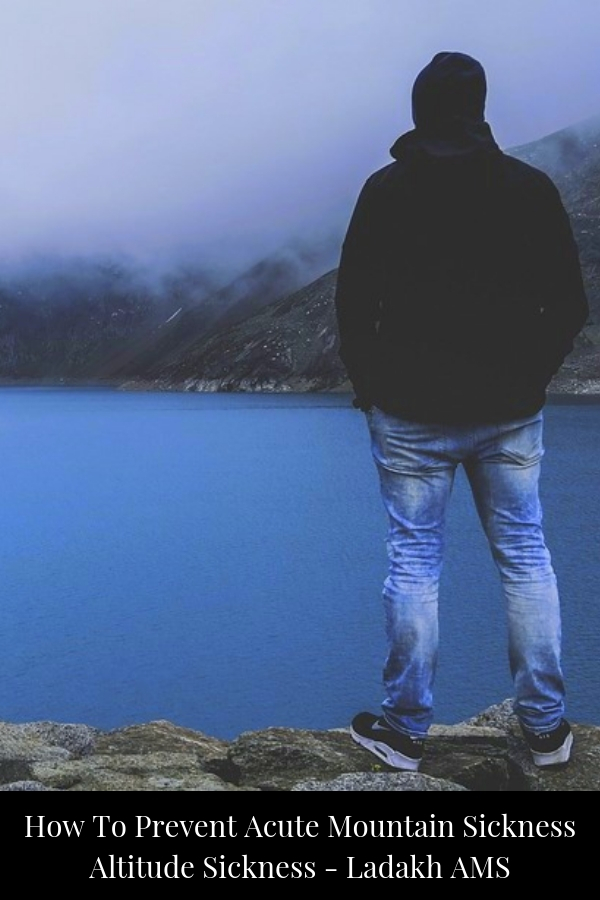
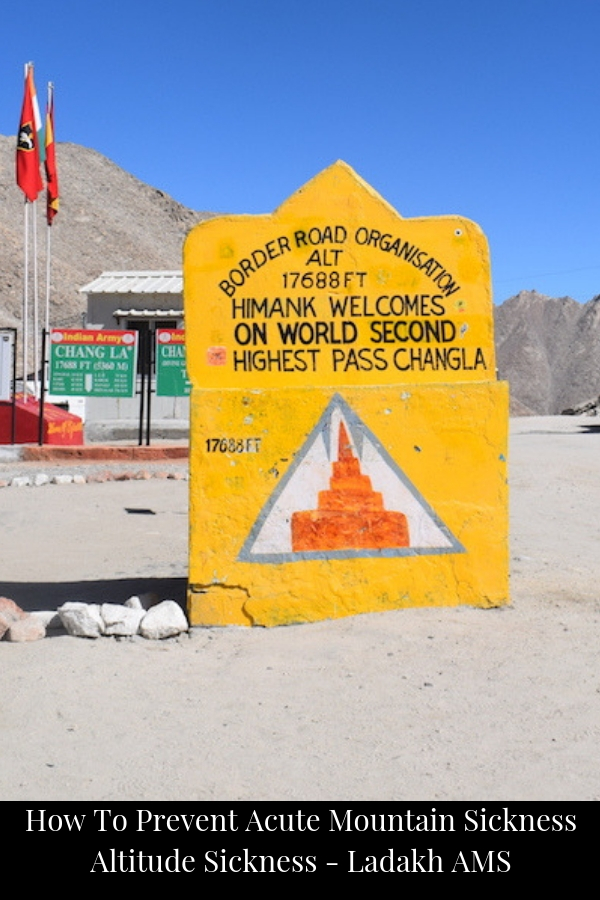




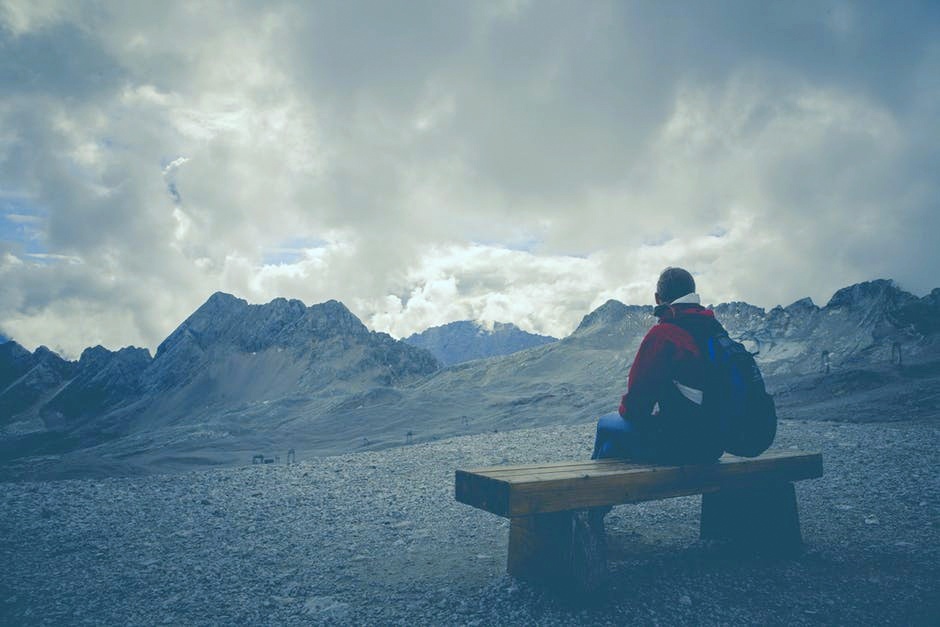



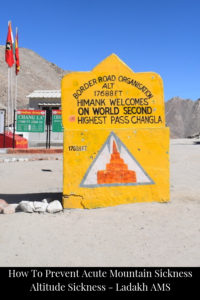

I’ve never experienced altitude sickness before, but then again, I’ve never been to high altitudes like this. This was such an interesting read and I learned so many things I didn’t know about mountain sickness.
This is something I have never experienced before and hope not to ever. Friends of ours experienced this in Colorado it wasn’t fun.
We had the most scary incident with our daughter in the Rockies. She became dehydrated (like you mentioned) and passed out. We had to take her to the emergency room for a two-night stay. You have nailed altitude sickness here!
This is good to keep in mind. We lived in Wyoming and we were at high altitude there. It never bothered me. But I can see how it could get intense on a mountain!
It is definitely interesting to see that it affects men more than women. In the case of my brother and sister-in-law it was her that got altitude sickness on their honeymoon and then him. You definitely hit the nail right on the head.
This looked like a great adventure and the risk of AMS seems like a risk worth taking. I have never been at such high levelsbut I am curious to know how I would fare.
I haven’t experienced altitude sickness before but I’ve never been up that high before. The trip sounds like an incredible experience except for the sickness.
This is such an important post to know! I’ve never been to India, or done any kind of altitude mountain climbing but I won’t forget these tips. So strange you pee more at higher altitudes!
I’ve never experienced acute mountain sickness before. I suffer from regular motion sickness at times. So this will be great information to keep on hand if I ever experience it.
I would love to climb a Mountain and stand in the Snow with my son as it’s his dream to play in the Snow. Although I am afraid we would end up with Motion Sickness.
This is great info for anyone traveling to high altitudes. Some of these things aren’t thought prior to making plans. This is perfect for reading ahead of time. Thanks for this!
We had terrible altitude sickness when we went to Ecuador, going from sea level at the Galapagos up part of the Cotopaxi Volcano (which reaches over 19,000 feet). We had headaches, nausea, and it was just hard to breathe and function. Eventually we did acclimate to the altitude.
Oh no, that is tough to get sick when you are traveling or abroad. It’s only happened to me a number of times. Scary!
I’ve never been anywhere with high altitude before but if I do I will definitely take this post into consideration! Thanks for this!
Very helpful tips! I dont have mountain sickness but I dont have the appropriate fitness level either for one of those amazing treks in Ladakh. But it’s my dream and this will come in handy when i prepare myself
Good thing I don’t have this kind of altitude sickness. This is a good post to create awareness as well to people who didn’t know about this.
When I was in High School we climb a really tall mountain and loved it. I wish I could do it with my husband and kids now.
We have debated quite a bit on a trip to Leh Ladakh and somehow I have never been able to convince myself to go. I have a 5-year-old and I am ever so worried about him. This was a very informative post. I think I need to read a lot more similar posts before I can come to a conclusion.
Thats a very interesting but also important article. I am sure, that many tourists and also hikers underestimate the dangers from high altitude. 5,360meters at the Changla pass is already quite high and the Symptoms that you had there are indeed quite serious in my opinion. Great tips here overall how to deal or curing these mountain sicknesses, this might be helpful for anyone hiking in such heights.
I had an altitude sickness when hiking in Kashmir and it was a daring adventure. Running out of oxygen when you’re that high can be really dangerous. This is an important article for everyone planning to visit Ladakh and any other place located on a similar height.
I wish I have know this before our trip to Pikes Peak Mountain Colorado. I had a hard time adjusting that time and after our trip. You don’t know what to expect till you were on the high latitude .
Ah..the mountain sickness that I have come to live with in the last couple of years! I never experienced one until we had to drive around the Pir Panjal and the Dhauladhars. It was a traumatic experience. I remember my head was spinning for two days upon arrival at Dainkund, Dalhousie and I quietly listened to The Hubby’s instructions to stay put at home as part of the acclimatization process. This was one of the reasons for not making it to the recently concluded Ladakh festival, too ! A very useful article indeed for people planning a trip to the mountains 🙂
I have never been anywhere that I could get mountain sickness. I guess I need to travel more, but at least now I know some of the hazards and the signs to look for.
Oh that does not sound fun at all. I will need to watch out for this.
Living in Florida, there isn’t much chance of getting acute mountain sickness, however Babushka remembers going to the mountains in Ecuador and experiencing the shortness of breath you wrote about.
Very useful post, it is one of the reasons I am apprehensive too of visiting high altitude places..
This article is going to be very helpful for everyone who will be visiting higher altitudes. I had thought of writing it but missed it. Actually, 2 years back when I had visited Ladakh, especially at Khardungla, I had suffered slight symptoms of dizziness. Well thankfully it was not AMS but yes the fainting feeling and heavy breathing has taken over. It took almost 15 minutes to get back to normal. One has to be very careful with drinking water, with acclimatization and more.
Nice post…